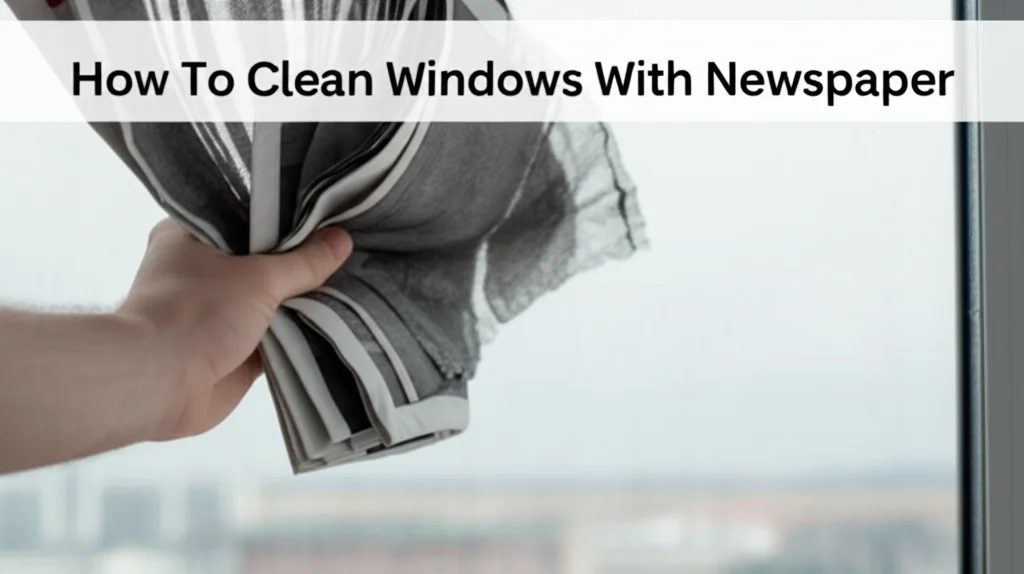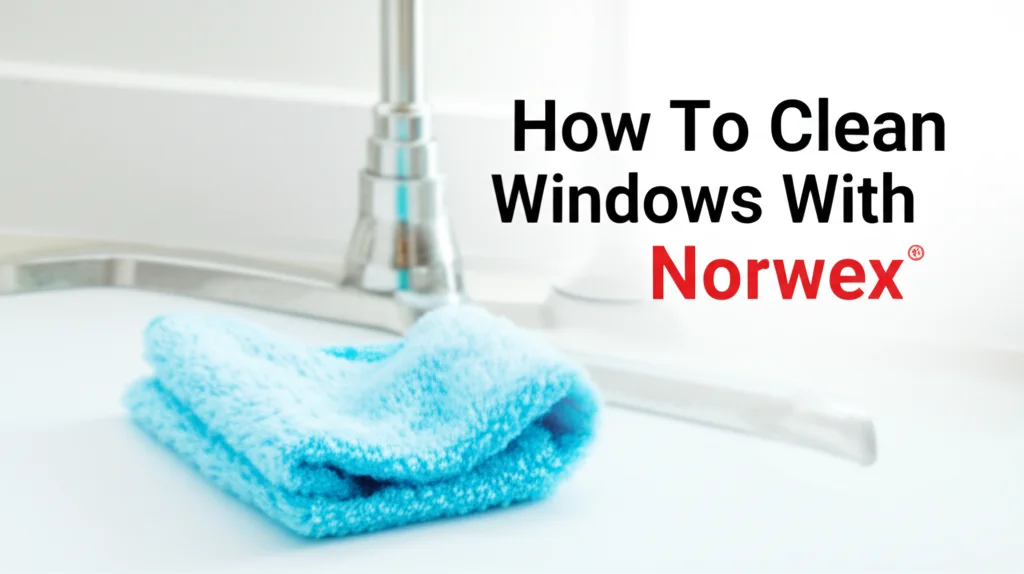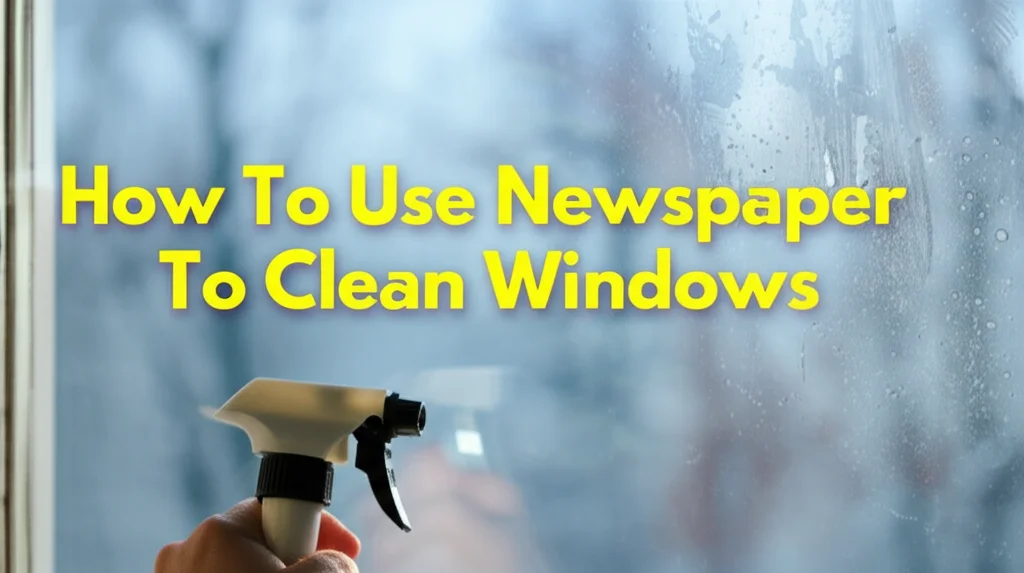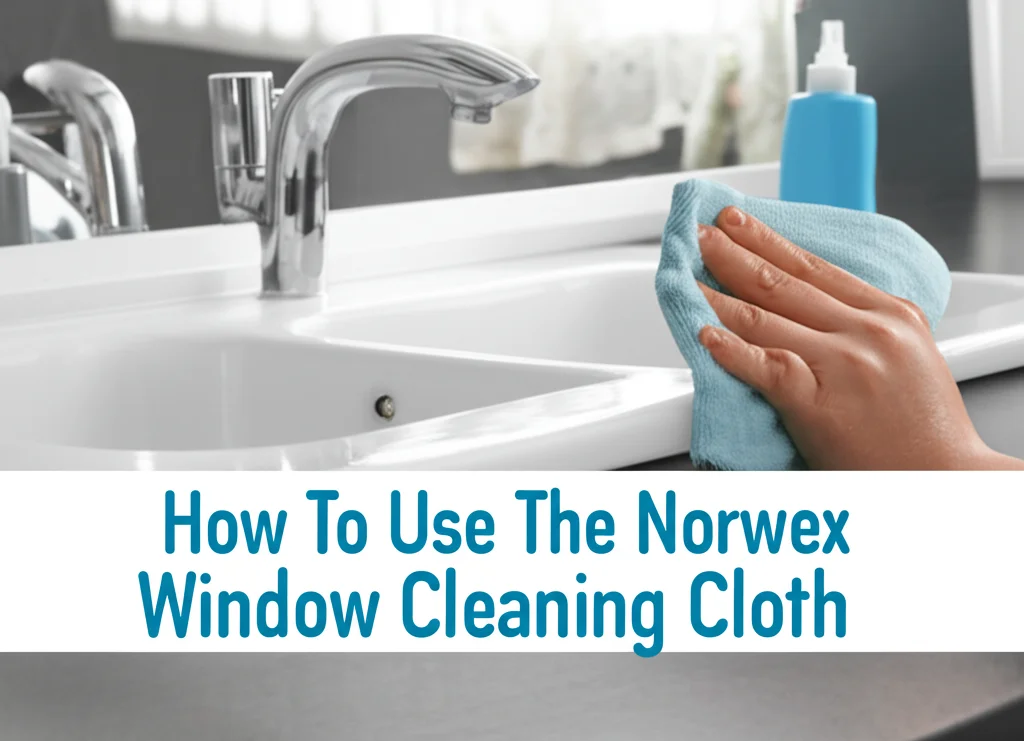· Cleaning Tips · 6 min read
how to clean squeegee rubber
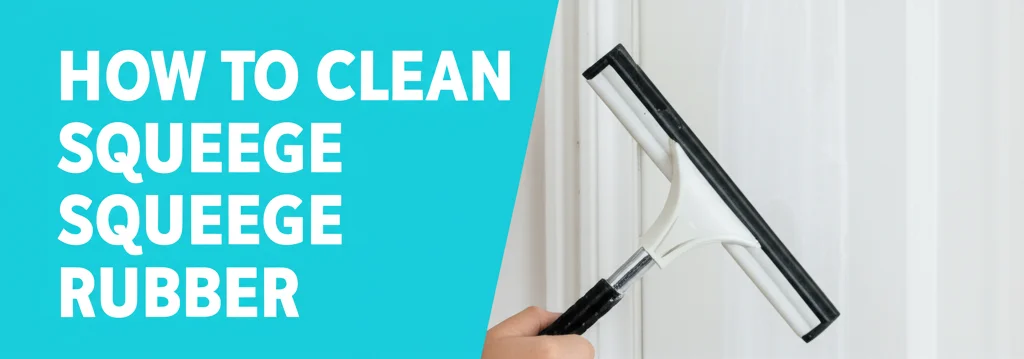
Keeping Your Streak-Free Shine: How to Clean Squeegee Rubber
Ever wonder why your windows still have streaks even after cleaning? The culprit might be your dirty squeegee rubber! A clean squeegee is essential for achieving professional-quality, streak-free windows. This article will guide you through everything you need to know about how to clean squeegee rubber, from quick daily wipes to more thorough cleaning methods. We’ll cover identifying when your rubber needs cleaning, the best cleaning solutions, and preventative measures to keep it in top shape. Let’s dive in and ensure your next window cleaning session delivers sparkling results.
Quick Answer:
To clean squeegee rubber, wipe it down after each use with a clean, damp cloth. For deeper cleaning, use a mild detergent solution or rubbing alcohol, gently scrubbing the rubber with a soft brush or cloth. Rinse thoroughly and dry before storing.
Takeaway:
- Wipe down your squeegee rubber after every use.
- Deep clean regularly with mild soap or rubbing alcohol.
- Store your squeegee properly to prevent damage and buildup.
Why Cleaning Your Squeegee Rubber Matters
Think of your squeegee rubber as the key to a flawless finish. It’s the part that actually removes the dirty water from the glass, so any dirt or grime on the rubber itself will just smear around, leaving streaks. Regularly cleaning your squeegee rubber isn’t just about aesthetics; it extends the life of the rubber itself. Buildup can cause the rubber to harden and crack, requiring more frequent replacements. A well-maintained squeegee saves you money and ensures consistently clean windows.
Daily Maintenance: A Quick Wipe-Down
The easiest way to keep your squeegee rubber in good condition is to wipe it down after every use. This prevents dirt, soap residue, and other debris from accumulating. Simply use a clean, damp microfiber cloth to wipe along the entire length of the rubber. This takes less than a minute and makes a huge difference in preventing buildup. Don’t forget to wipe the sides of the rubber too, as grime can collect there.
Deep Cleaning Your Squeegee Rubber with Soap and Water
Sometimes, a simple wipe-down isn’t enough. If you notice streaks or the rubber feels sticky, it’s time for a deeper clean. Mild dish soap and warm water are excellent for this. Fill a sink or bucket with warm water and add a small amount of dish soap. Gently submerge the squeegee rubber in the soapy water and use a soft brush (an old toothbrush works well!) or a clean cloth to scrub along the rubber’s edge. Be gentle to avoid damaging the rubber. Rinse thoroughly with clean water and dry with a clean cloth before storing.
Using Rubbing Alcohol for a Thorough Clean
Rubbing alcohol is a fantastic solvent for removing stubborn grime and residue from squeegee rubber. It effectively cuts through soap scum, hard water deposits, and other contaminants. Dampen a clean cloth with rubbing alcohol (isopropyl alcohol) and gently wipe along the length of the rubber. Avoid soaking the rubber in alcohol, as this can cause it to dry out and crack. After wiping, rinse the rubber with clean water and dry it thoroughly. This method is particularly useful if you’ve been using a cleaning solution that leaves a residue.
Addressing Specific Types of Buildup
Different types of buildup require slightly different approaches. Here’s how to tackle common issues:
- Soap Scum: Rubbing alcohol is your best friend here. It dissolves soap scum quickly and effectively.
- Hard Water Deposits: A solution of equal parts white vinegar and water can help dissolve hard water deposits. Apply, let sit for a few minutes, then scrub gently and rinse. You can find more information on cleaning hard water stains here.
- Paint Splatters: Carefully scrape off dried paint with a plastic razor blade or a dull knife. Avoid using metal tools, as they can damage the rubber.
- Bug Splatter: Let the bug splatter soften with warm water, then gently scrub with a soft brush and soapy water.
Proper Squeegee Storage: Preventing Future Buildup
How you store your squeegee can significantly impact its lifespan and cleanliness. Avoid laying the squeegee flat, as this can cause the rubber to deform and collect dust. Instead, store it vertically, with the rubber facing up. This allows air to circulate and prevents the rubber from sticking to surfaces. Consider using a squeegee holder or hanging it on a hook. Keeping it in a dry, cool place will also help prevent deterioration. If you’re storing it for a long period, lightly coat the rubber with a silicone-based lubricant to prevent drying.
Extending the Life of Your Squeegee Rubber
Beyond cleaning, there are steps you can take to prolong the life of your squeegee rubber. Avoid using abrasive cleaners or scrubbing pads, as these can damage the rubber. Don’t leave the squeegee exposed to direct sunlight or extreme temperatures. When cleaning windows, avoid dragging the squeegee across rough surfaces like screens or dirty window frames. Regularly inspect the rubber for signs of wear and tear, such as cracks or tears. Replacing the rubber when it becomes damaged is much cheaper than replacing the entire squeegee. You might also find helpful tips on maintaining your floors here.
FAQ: Your Squeegee Cleaning Questions Answered
Q: How often should I deep clean my squeegee rubber?
A: It depends on how frequently you use it. If you clean windows daily, a deep clean every week or two is sufficient. For less frequent use, a monthly deep clean should suffice.
Q: Can I use bleach to clean my squeegee rubber?
A: No, bleach can damage and degrade the rubber, shortening its lifespan. Stick to mild soap, rubbing alcohol, or vinegar solutions.
Q: My squeegee rubber is still leaving streaks after cleaning. What could be the problem?
A: The rubber might be damaged or worn out and need replacing. Also, ensure you’re overlapping each stroke by about an inch when cleaning windows.
Q: Is it okay to use a paper towel to clean my squeegee rubber?
A: While it’s okay in a pinch, microfiber cloths are preferred. Paper towels can leave lint behind, which can contribute to streaks.
Q: What’s the best way to dry my squeegee after cleaning?
A: Air drying is best. Wipe off excess water with a clean, dry cloth and allow it to air dry completely before storing.
Conclusion: Sparkling Windows Start with a Clean Squeegee
Maintaining a clean squeegee rubber is a simple yet crucial step towards achieving streak-free windows. By incorporating daily wipe-downs, regular deep cleaning with mild solutions like soap and water or rubbing alcohol, and proper storage techniques, you can significantly extend the life of your squeegee and enjoy consistently sparkling results. Remember, a little preventative maintenance goes a long way! Don’t underestimate the power of a clean squeegee – it’s the secret weapon for professional-looking windows. If you’re looking for more cleaning tips, check out our guide on how to clean outside windows upstairs.

